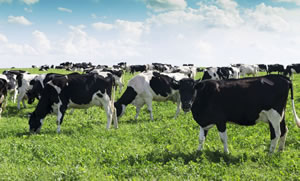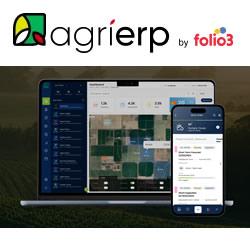World's first floating farm in the Netherlands
 Mina Solanki for IAmExPat: Next year, you will be able to see Montbéliarde cows, a French breed of cow, grazing in the Merwehaven harbour in Rotterdam. Two farmers, Albert Boersen and Myrthe Brabander, are set to become the faces of Floating Farm.
Mina Solanki for IAmExPat: Next year, you will be able to see Montbéliarde cows, a French breed of cow, grazing in the Merwehaven harbour in Rotterdam. Two farmers, Albert Boersen and Myrthe Brabander, are set to become the faces of Floating Farm.
Floating Dutch dairy farm
Floating Farm will be made from a concrete base and will measure around 1.000 square metres. The roof will be fitted with solar panels and a rainwater collection system.
Lower level
The farm will be built in levels; the lower level will house the factories that will process the raw milk. Cow urine and manure will be collected via the floor membrane and robots before being processed.
The manure will be used as fertiliser and with the help of LED-technology will grow high-quality feed for the cows themselves. Fertiliser pellets will also be made from the cow manure and sold locally.
The rainwater, collected from the roof, will be purified in a factory on the same level as the other factories. This level will also feature a space for visitors who want to learn more about the farm and a shop. Full Article:
Comments (0)
This post does not have any comments. Be the first to leave a comment below.
Featured Product

